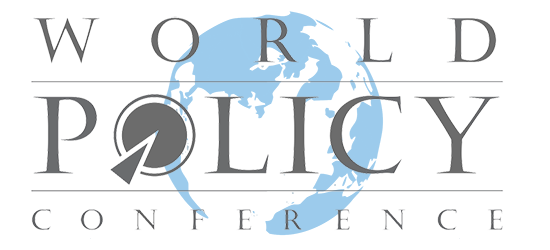The writer is co-founder of GlassView and co-author of ‘Le Capitalisme contre les inégalités’
In its latest annual report, Nvidia, the main provider of semiconductors for artificial intelligence, did not even bother reporting its revenues in Europe. This is suggestive of a wider trend. Today, investment in tech research and development in Europe is only one-fifth of what it is in the US, and half that in China. Investment in AI is around 50 times higher in the US than in Europe. European tech is falling behind its competitors at an alarming rate. How did we get here? The recent wave of tech lay-offs offers insights into some of the key structural weaknesses of the European model. Restructuring in Europe takes much longer and costs much more than in the US, which impedes investment in AI. In the US, Microsoft laid off 10,000 employees in January 2023, and reported severance costs of $800mn, or $80,000 a head. The restructuring costs amount to 5.9 months of the median pay. Oliver Coste, a tech entrepreneur, and I found that the corresponding figures were 4.2 months for Meta, 7.5 months for Google and only three months for Twitter. Powerful brakes facilitate powerful re-acceleration. The groundbreaking success of ChatGPT triggered immediate reactions. Microsoft streamlined its workforce and invested $10bn in OpenAI and more in its own AI infrastructure. Meta paused its efforts on the metaverse, laid off 20,000 employees within a few months and boosted its investments in AI to $37bn this year. Challenged in its dominance in search, Google stopped major projects, laid off 12,000 employees and accelerated on AI by ramping up its R&D investments to $45bn in 2023. In Europe, the three tech leaders — Nokia, SAP and Ericsson — also announced restructuring plans. While a sharp decline in sales last year for Nokia, the largest European investor in tech, required immediate action, it will take the company until 2026 to implement its plan due to labour regulations in Germany, France and Finland. SAP, Europe’s software leader, cannot react much faster and, at the same time, can only invest in AI at a rate of €500mn a year, compared with the tens of billions being invested by each of the so-called Magnificent Seven. The complexity of restructuring in Germany, for instance, can be illustrated by the two-year plan announced in October by Volkswagen. The carmaker said the plan still requires approval from its works council, which has guaranteed jobs for workers until the middle of 2025. Restructuring matters more in tech than in any other sector. Why? Simply because frontier-tech investments are riskier. It is not uncommon to see failure rates of 80 per cent. The consequences are profound. As Coste shows in his book Europe, Tech and War, investments that are deemed profitable in the US don’t make the cut in Europe, precisely because of the lack of cheap and swift restructuring capabilities at large companies. At a more macro level, this diagnosis is confirmed by a McKinsey study which shows that large European companies are much less profitable than their American counterparts, and that 90 per cent of that gap can be attributed to technology-creating industries. Tech is unpredictable, disruptive and volatile. With higher severance costs and longer delays, the costs of adaptation in Europe are about 10 times higher than in the US. After decades of greater agility, American companies have the financial means to invest in AI; European companies simply can’t compare. AI is powering the current industrial revolution, just like the steam engine in the 19th century and the internal combustion engine in the 20th. Global investment in AI infrastructure is forecast to reach around $150bn in 2024, primarily driven by the US and China. In Europe, by contrast, we have been able to identify just a couple of billion dollars-worth of investment, by both tech leaders and start-ups. This shortfall cannot be allowed to continue. Other factors can explain European difficulties in tech — market integration, market size, funding, regulation and even culture. Yet none of these factors seems to have prevented the emergence of European leaders in mature, lower-risk industries such as automobiles or aeronautics. We are facing a tech-specific problem that will quickly permeate all sectors if we are not careful. A solution that does not threaten the European social model, and which could be highly effective, would be to reform employment protection laws for salaries above a high threshold. That, more than anything else, could help bring Europe back to the forefront of innovation.
Read the article on the website of the Financial Times
https://www.ft.com/content/d4fda2ec-91cd-4a13-a058-e6718ec38dd1

